John Doe
General SurgeonPretium saepe pariatur ornare cillum repudiandae inceptos iaculis cumque vulputate sequi neque quos exercitation aliquip interdum, veniam? Aute error, elit!

The knee is the largest weight-bearing joint of the body, pain in knees can be a massive barrier to your movement. If you enjoy an active lifestyle and your joints aren’t supporting you, reach out to Dr. Bhavsar right away.
There are many components to the knee, making it vulnerable for various types of injuries. Dr. Bhavsar is a specialist in Arthroscopy of Knee, trained to provide diagnostic and rehabilitative services including conservative and surgical treatments
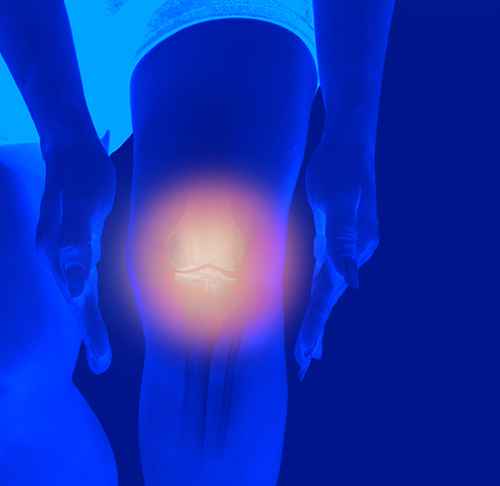
Knee joint preservation is restoration of the normal motion of the joints and functioning without replacement. This is achieved by different methods of joint care. The approach of preserving the knee joint helps in treating problems while retaining the natural structure of the affected joints.
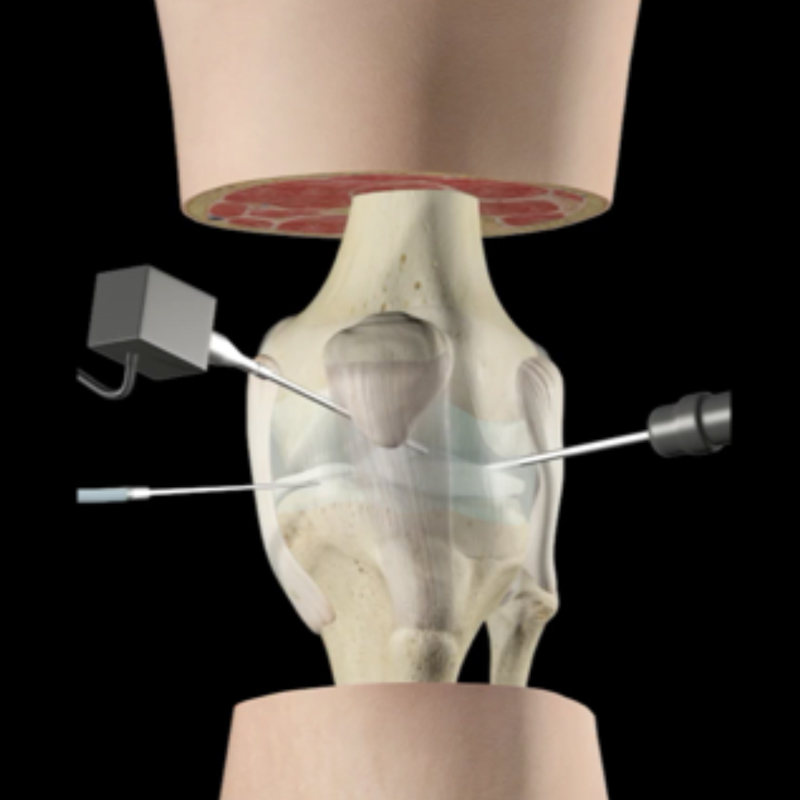
It is a surgical technique that can diagnose and treat problems in the knee joint. During the procedure, A very small incision is made and a tiny camera — called an arthroscope — is inserted into your knee. This camera gives a view of the inside of the joint on a screen. It helps in investigating the problem with the knee and, if necessary, correct the issue using small instruments within the arthroscope.
It is a surgical technique that can diagnose and treat problems Arthroscopy diagnosis several knee problems, such as a torn meniscus or a misaligned patella (kneecap). It can also repair the ligaments of the joint. There are limited risks to the procedure and the outlook is good for most patients. Your recovery time and prognosis will depend on the severity of the knee problem and the complexity of the required procedure
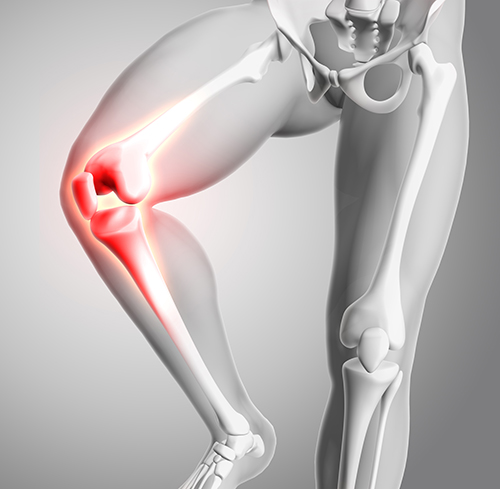
Ligaments are elastic bands of tissue that connect bones to each other and provide stability and strength to the joint. The four main ligaments in the knee connect the femur (thighbone) to the tibia (shin bone)
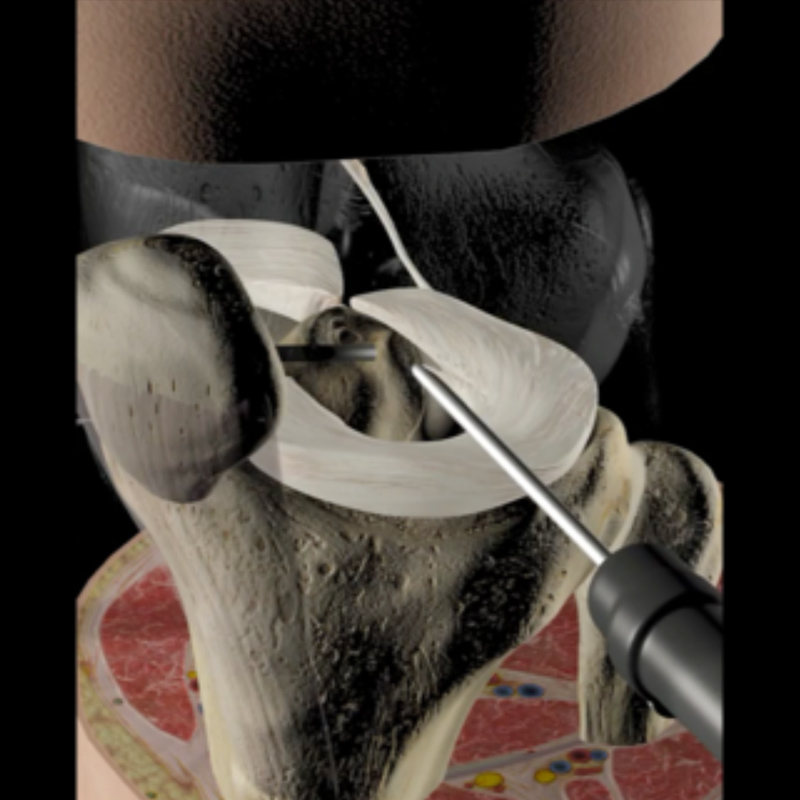
The meniscus is a piece of cartilage that provides a cushion between your femur (thighbone) and tibia (shinbone). There are two menisci in each knee joint. They can be damaged or torn during activities that put pressure on, or rotate the knee joint. You don’t have to be an athlete to get a meniscus tear, though. Simply getting up too quickly from a squatting position can also cause a meniscal tear.
You can forestall meniscus tears by consistently performing exercises that reinforce your leg muscles. This will help balance out your knee joint to shield it from injury. You can likewise utilize protective gear during sports or a brace to support your knee during activities that may build your danger of injury.
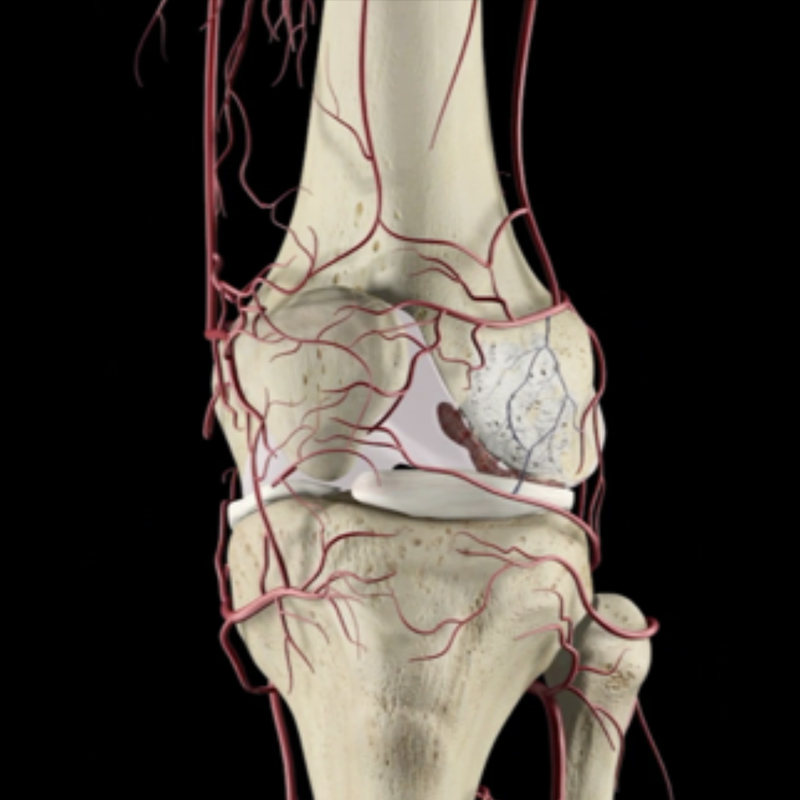
Articular cartilage is the soft delicate white cartilage, that covers the ends of the bones and helps joints to move smoothly. This articular cartilage surface can be damaged by trauma such as sports injuries. Once damaged, articular cartilage will not heal on its own.
Early identification and treatment of articular cartilage damage can have a significant effect on outcomes for patients. Cartilage damage is addressed by repairing or replacing the damaged cartilage before it completely wears out. The arthritic damage can be reversed and the joints preserved.
If this step is not taken, eventually the cartilage wear will progress so much that the bones will touch on each side of the joint, called bone on bone wear. At this stage, artificial joint replacement becomes necessary
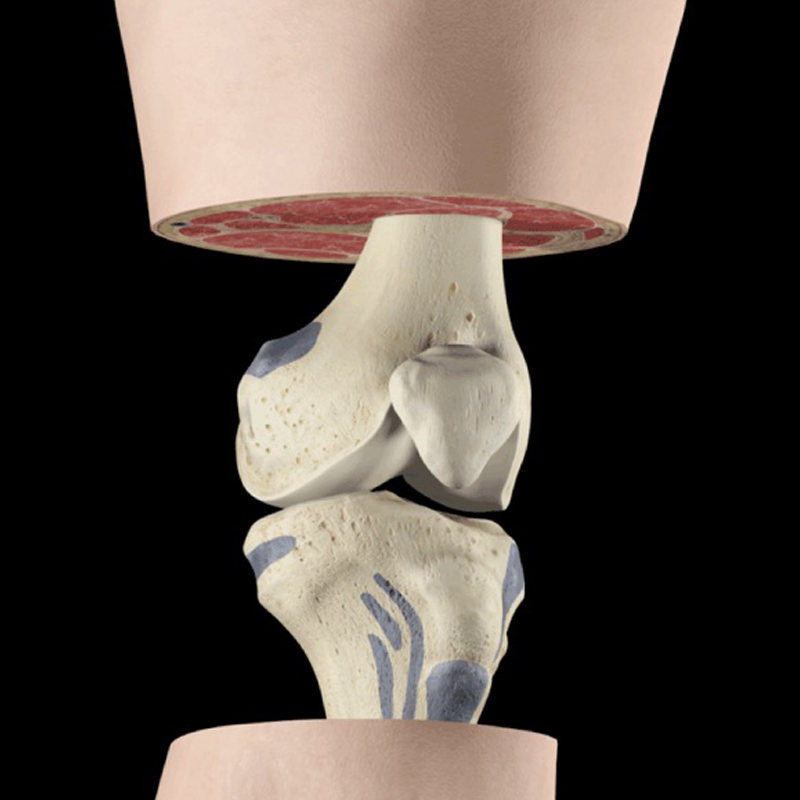
Patellofemoral pain syndrome usually causes a dull, aching pain in the front of your knee. This pain can be aggravated when you:
You can forestall meniscus tears by consistently Simple treatments such as rest and ice often help, but sometimes physical therapy is needed to ease patellofemoral pain.

When legs are not aligned straight at the knees there can be an abnormal force across the knee. This often leads to pain, cosmetic deformity, and premature knee arthritis.
Surgical correction can help treat the deformity. With this minimally invasive treatment, you’ll feel less pain and have healthier knees.
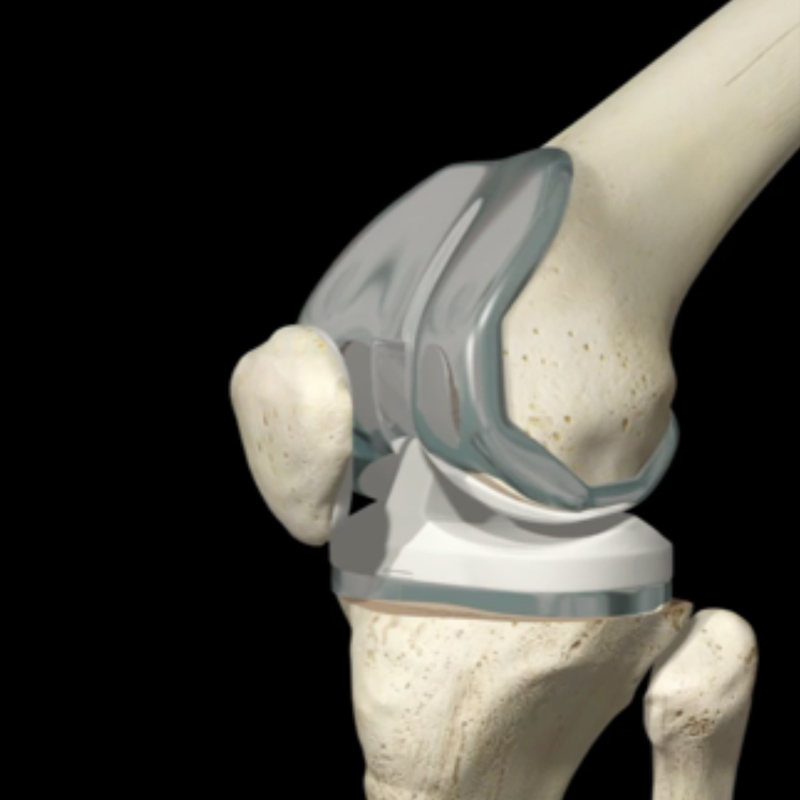
Also known as knee arthroplasty (TKA), all or a portion of the knee joint is resurfaced and replaced with an implant. Damaged cartilage surfaces at the end of the thigh bone (femur) and shinbone (tibia) are replaced with metal components that recreate the surface of the joint. The under surface of the kneecap is resurfaced with a plastic button. A medical-grade plastic spacer is inserted between the metal components to create a smooth gliding surface. The procedure is really quite common and is one of the most successful practices.
Total knee replacement should be considered only after conservative therapies have failed to relive your knee pain. If after a careful review of X-ray indicates that your knee is extremely worn out, it may be time to think about surgery.